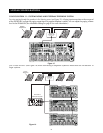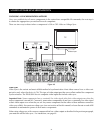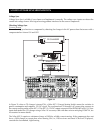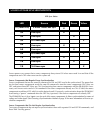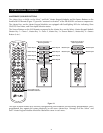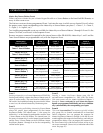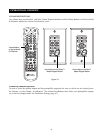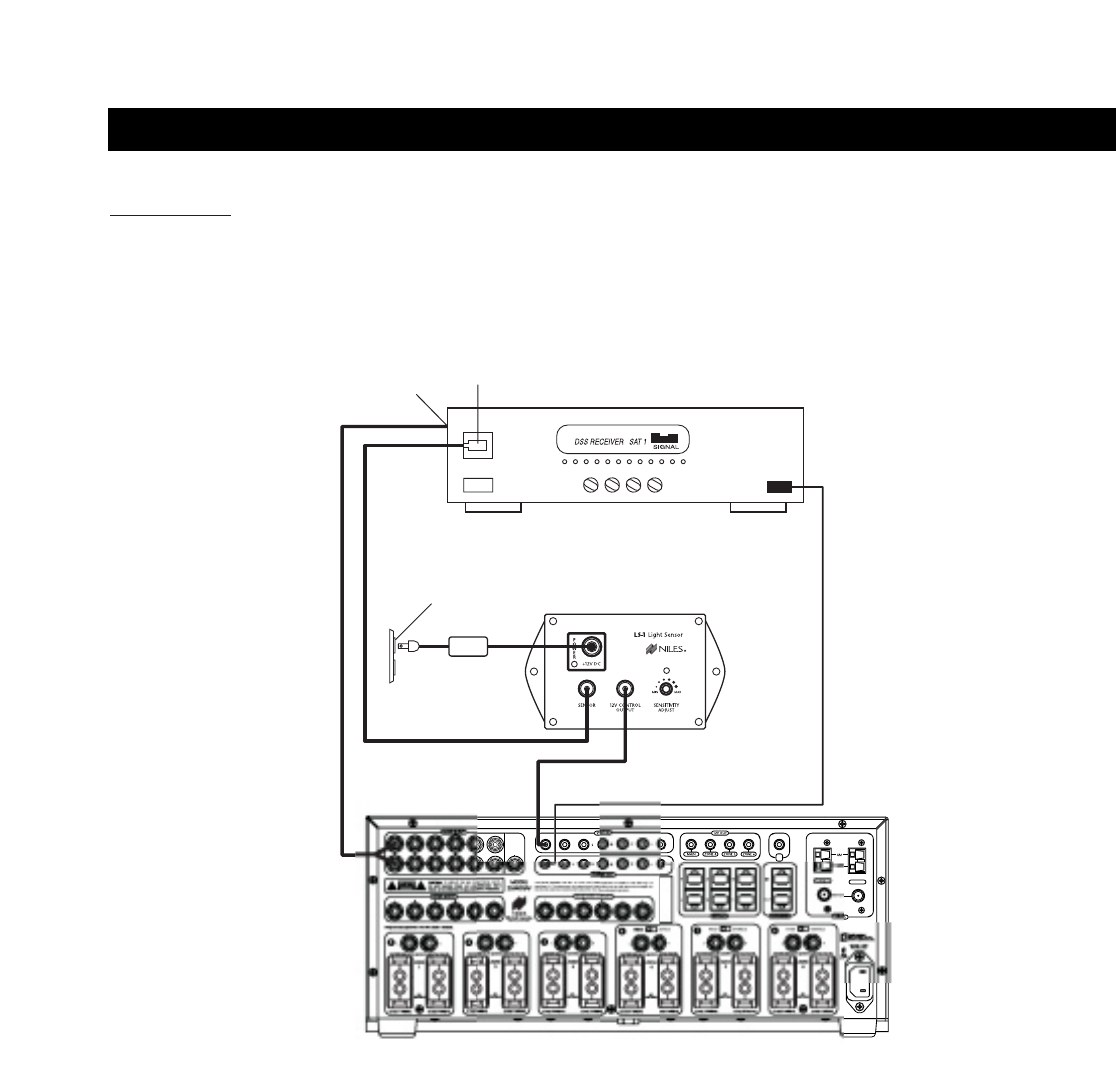
32
SOURCE-POWER SYNCHRONIZATION
Light Sensing
Using a light sensor (LS-1) to synchronize your components is usually your last choice, simply because the other
choices are more reliable. The Niles LS-1 Light Sensor can synchronize a component by sensing changes in light.
The 12V output of the LS-1 connects to the ZR-8630AV unit’s 12V Sync Input dedicated for that component. This
connection requires a mini-plug to RCA adapter. (See Connections for more information.)
In Figure 20, a Niles LS-1 Light Sensor senses changes in brightness of a DSS’s front-panel LED and outputs
a 12V DC signal when the LED is brightest. A blocking cover prevents ambient light from falsely triggering
the LS-1.
An unused optical digital output located on the rear panel of a digital source component also can provide a
light source for sync using the LS-1.
SOURCE AND HOME THEATER SYNC STATUS
The LEDs in the hidden programming panel display sync status (the presence or absence of a valid sync signal)
of source components and the Home Theater associated with the Master ZR-8630AV. These LEDs illuminate
only while the ZR-8630AV receives a valid sync signal during normal operation mode. (See table on page 33.)
Use these status LEDs during system troubleshooting. If the synchronization is correct, manually turning
ON/OFF synchronized source components and the integrated Home Theater will turn ON/OFF the respective
component’s status LED.
I
R
IN
T
U
NE
R
2
3
4
HT
L
8
PA
GE
Unswitched
AC Outlet
Power Supply
Niles LS-1
DSS
Light Sensing Probe
placed over an LED
Audio Out
Figure 20





